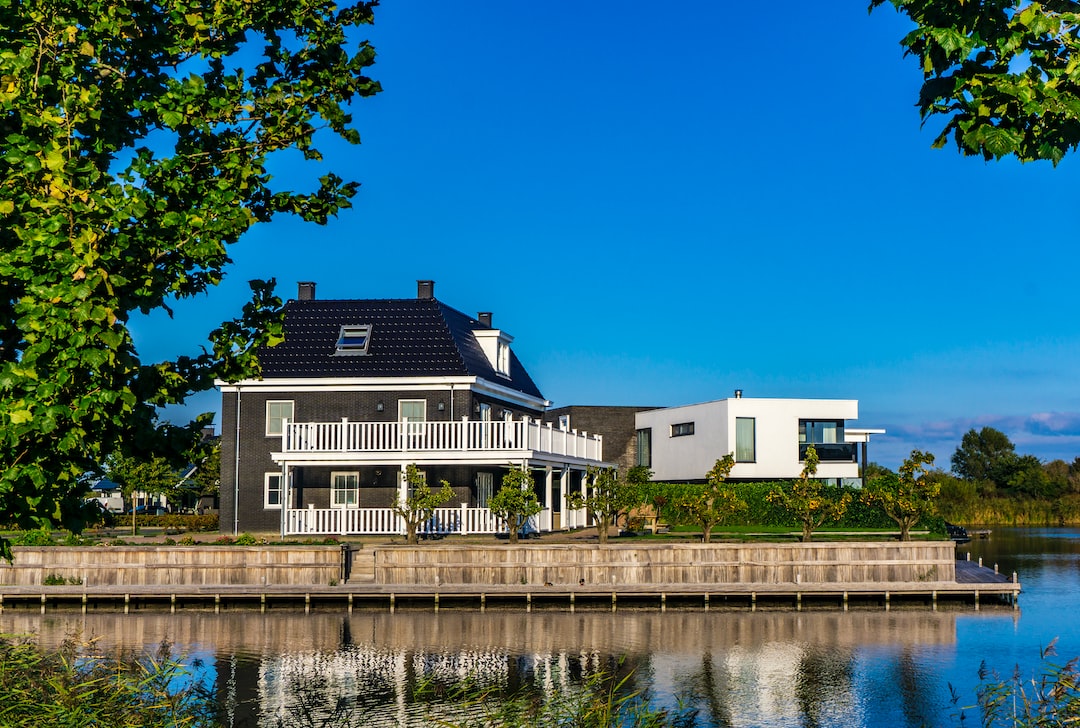Tips for Choosing the Right Neighborhood
When it comes to finding a new place to live, choosing the right neighborhood is just as important as selecting the perfect home. The neighborhood you live in can greatly influence your quality of life, so it’s crucial to take the time to find a community that meets your needs and suits your lifestyle. Whether you are moving to a new city or just looking for a change of scenery, here are some tips to help you choose the right neighborhood.
1. Consider your lifestyle: One of the first things to consider when choosing a neighborhood is your lifestyle. Are you an active person who enjoys outdoor activities? Look for neighborhoods with parks, hiking trails, or access to recreational facilities. If you enjoy a vibrant social life, seek out neighborhoods with trendy bars, restaurants, and cultural attractions. Understanding your lifestyle needs will guide you towards a neighborhood that aligns with your interests and preferences.
2. Research crime rates: Safety is a top concern for most people when choosing a neighborhood. Research the crime rates in the areas you are considering. Look for recent crime statistics provided by local law enforcement agencies or websites that specialize in neighborhood crime data. It’s a good idea to visit the neighborhood at different times of the day to get a sense of its safety and overall atmosphere.
3. Look into the school district: Even if you don’t have children, the quality of the school district can have a significant impact on your property value and resale potential. Good schools attract families, which can result in a stable and thriving community. Research school ratings and talk to parents in the area to get a feel for the educational opportunities in the neighborhood.
4. Consider your commute: Your daily commute can greatly impact your quality of life. When choosing a neighborhood, consider how far you will need to travel to work or school and the available transportation options. A long and stressful commute can significantly impact your overall happiness and add substantial costs to your daily routine.
5. Check out the amenities: Assess the amenities and facilities available in the neighborhood. Are there grocery stores, pharmacies, and medical facilities nearby? Are there recreational centers, parks, or gyms that meet your recreational needs? Consider what is important to you and ensure that the neighborhood provides the necessary amenities for your daily life.
6. Visit the neighborhood: Take the time to visit the neighborhood and get a feel for its atmosphere. Walk around the streets, visit local shops, and talk to residents if possible. Pay attention to the overall cleanliness, noise levels, and the condition of the homes in the area. Visiting the neighborhood at different times of the day and on different days of the week will give you a more accurate picture of what it’s like to live there.
7. Keep an eye on property values: Research property values in the neighborhood to ensure that your investment will be protected. Look for areas that have seen consistent growth in home prices or have stable property values. This information will not only help you make a sound investment but can also indicate the desirability and long-term potential of the neighborhood.
8. Talk to a real estate agent: Lastly, consider working with a reputable real estate agent who is familiar with the area. A knowledgeable and experienced agent can provide valuable insights into the different neighborhoods you are considering and help you make an informed decision.
In conclusion, choosing the right neighborhood is just as important as finding the perfect home. Take the time to consider your lifestyle, research crime rates, assess the school district, evaluate your commute, and check out the amenities. Visit the neighborhood, pay attention to property values, and seek guidance from a real estate professional. By following these tips, you’ll be well on your way to finding a neighborhood that is the perfect fit for you and your family.
